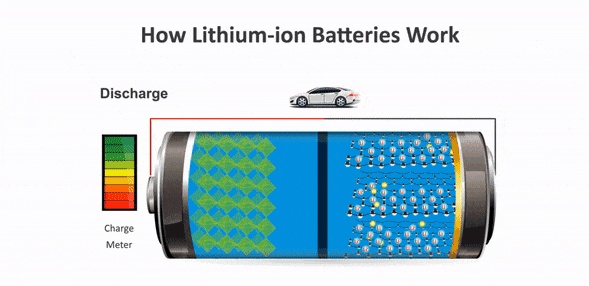Have you ever wondered how much the electricity you use costs? Sure we try to conserve energy, turn off lights, make sure our remote sites are not running when idle, but the actual economics behind our energy use is oft-forgotten.
Though the world is still heavily reliant on energy derived from fossil fuels, recent trends in renewable energy have made the traditionally cost-prohibitive energy sources much more accessible.
Before diving into a cost breakdown for renewable energy, let’s first talk about how organizations can begin to calculate and monitor their energy costs.
What is Energy Storage?
Compressed Air Energy Storage (CAES) operates very similarly to hydroelectric storage. Air in the surrounding area, or other compressed gasses, is trapped, pressurized, and stored underground in a natural cave or artificial container with a heat source. When energy is needed, the heat source is activated, pushing the air into an expansion turbine driving a generator, which produces electricity.
Battery Storage

